What is a Business Email and the Importance of Standard Formatting in the Modern Era?
In the digital age, where brand image can be formed through a single email interaction, establishing a standard format for the email system within a business is essential. Email is no longer just a tool for exchanging information but has become a representation of the working style, professionalism, and credibility of an organization.
A well-designed email that adheres to a clear structure will help build trust from partners and customers and demonstrate a serious investment in the way the business communicates. Conversely, an email lacking standardization can cause recipients to doubt the organization's reliability and professionalism.
Defining "Standard Business Email Format"
A standard business email format is a set of rules and standards designed to ensure that all emails sent from the organization are consistent in content, form, and brand identity. This establishment includes everything from email addresses, content layout, to greetings, signatures, electronic signatures, and how to present attachments.
Not only does it help increase brand recognition, but this format also ensures consistency in internal and external communication, limiting confusion and legal risks.

Structure of a Professional Business Email Address
A professional business email address not only serves as a means of communication but also reflects the organization's image, level of professionalism, and working style in the eyes of partners, customers, and internal employees. Email account naming cannot be arbitrary but needs to be based on certain principles to ensure clarity, consistency, and easy recognition.
How to Name Business Email Accounts
Here are some common email address formats that are widely used by businesses:
LastName.FirstName@companyname.com – Example: nguyen.vana@companyname.com
→ Suitable in environments with many personnel, making it easy to distinguish between individual accounts.
FirstName@companyname.com – Example: hoa@companyname.com
→ Simple, easy to remember, suitable for small organizations or businesses with a limited number of employees.
JobTitle@companyname.com – Example: support@companyname.com, marketing@companyname.com
→ These are group or department email addresses, used to represent an entire department in the business.
FirstName + Department – Example: huy.sale@companyname.com
→ A combination form, helping to clearly distinguish users and their specific roles in the business.
Choosing the right format helps:
- Minimize confusion in internal communication and with partners.
- Easily delegate authority and set up workflows.
- Create professionalism and consistency in the communication system.
Most importantly, synchronizing the way account names are created across the entire organization will help the business maintain consistency, reducing risks from using email addresses with unclear origins or causing misunderstandings for recipients.
Private Domain – Brand Recognition Platform
A domain name is an indispensable part of the business email structure. Instead of using free domain names like gmail.com, yahoo.com, outlook.com…, businesses need to invest in registering a private domain name associated with their brand, for example: @mimadigi.com, @abcgroup.vn, @hoanggiaholding.com…
Reasons for needing a private domain in business emails:
Increase credibility: Partners will appreciate professionalism and trust more when receiving emails from addresses associated with the brand's domain name instead of free emails.
Management and control: A private domain makes it easy for administrators to manage, delegate authority, revoke, or temporarily lock accounts when necessary.
Increase brand recognition: Each time an email is sent, the business's brand appears in the recipient's mind.
Owning a private domain not only helps control the entire email system but is also the first step in building a modern, consistent, and secure digital communication platform.
Email Content Presentation Standards
A properly presented business email will bring a feeling of ease of reading, easy to receive, and create respect for the recipient. The content of the email needs to be divided into clear sections
The content structure is clear and professional as follows:
- Email subject (Subject):
- The most important part determines whether the email is opened and read. The title should be short (about 5–10 words), clearly stating the main purpose, avoiding using all capital letters or offensive special characters.
- Example: “Partner meeting schedule on 12/07 – MIMA Group” or “Sending media project quotation for August”
- Greeting:
- Must be polite, depending on the relationship and context. You can use templates like:
- “Dear Mr./Ms.…”,
- “Dear Mr. [Name]…”,
- “Dear Mr./Ms. [Last name]…”
Main content: Express clearly, divide into short paragraphs, use bullet points if necessary to emphasize the main ideas. Try to present in the direction of:
- Introduce the problem
- Present proposals or announcements
- Instructions or requests for next actions
Closing remarks: Polite, gentle, expressing the desire to cooperate.
Example: “Looking forward to receiving a response from your company soon”, “Sincerely thank you and wish you a productive day.”
Email signature:
Indispensable in any business email. The specific content is presented below.
Language Appropriate to Corporate Culture
The choice of language when writing an email is an important factor affecting how the recipient assesses the professionalism and attitude of the business. An email with appropriate language will help build good relationships, create sympathy, and maintain respect in all circumstances.
Some notes on language:
- Avoid using all capital letters because it will be misunderstood as yelling or being impolite.
- Do not use uncommon abbreviations, which can easily cause misunderstandings.
- Limit the use of emojis, chat language, or slang in official emails.
- Maintain a neutral, polite tone, without bias or showing negative emotions.
Email Signature – Small Detail, Big Impact
Strategic role of electronic signatures
In a professional business email system, an electronic signature (email signature) is not just the “end” of the email but also a tool to express brand identity. A standardized signature helps customers quickly identify the sender, contact information, and create a sense of trust.
The email signature can also integrate QR codes, website links, promotional banners, or social media links… helping to expand interaction channels in a subtle way without having to send additional content.
Components to include in an email signature
A professional business email signature should have the following basic components:
- Full name (with academic title if available)
- Job title
- Department/Division that the personnel belongs to
- Full company name, possibly with a small logo (if HTML can be embedded)
- Direct contact phone number (mobile, landline)
- Company office address (if direct transactions are needed)
- Secondary email address, fax, company website
- Company social media (LinkedIn, Facebook Fanpage… if appropriate)
- Brand slogan, short message, or QR code to product documents/brochures
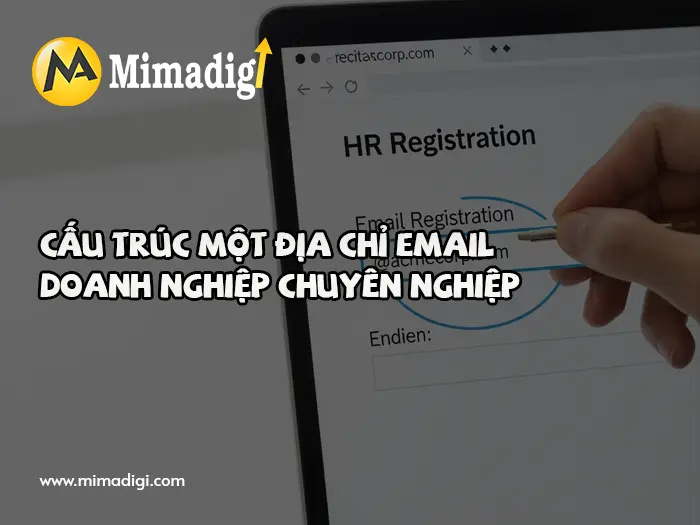
Benefits of Standardizing Email Signatures Across the Entire System
Increase brand recognition: Unifying the image from content to signature helps create a professional impression.
Increase transparency: Recipients easily know who is sending, where, and which department they belong to.
Increase accessibility: When customers need to call back, they only need to look at the signature instead of searching for old emails.
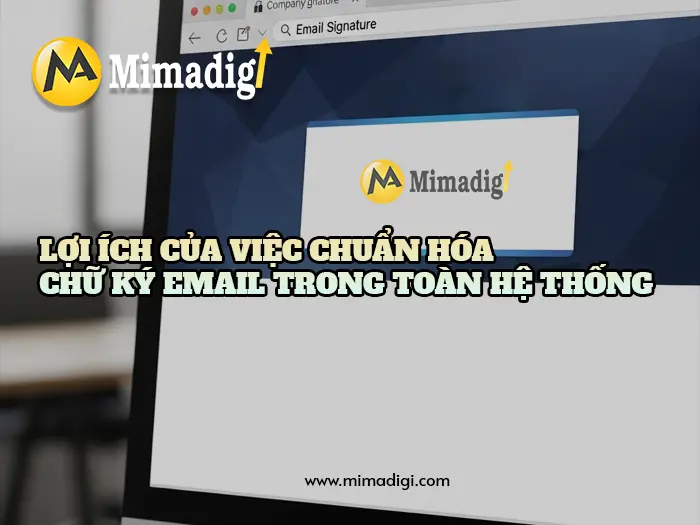
Rules for Formatting Attachments in Business Emails
Although it only occupies a small part of the email, the attachment can greatly affect the recipient's perception of the professionalism and organization of the business. A file with unclear content, arbitrarily named, too large, or not secure will make the email rated as ineffective, even being moved to the spam folder.
A modern business needs to build specific standards for personnel when sending attachments to ensure:
- Recipients can easily identify the file content as soon as they download it
- Ensure the ability to open and read files on many different devices
- Ensure safety, without revealing sensitive information
- Optimize file loading speed and recipient experience
Name Files Clearly and Identifiably
Naming attachments is an important step but often overlooked. A file name like “file1.docx” or “abc123.pdf” does not mean anything and makes recipients take time to open it to verify.
The principle of naming files should include the following elements:
- File content: quotation, contract, plan, profile…
- Business name or abbreviation of the department name
- Time (month/year) or project code
Example standard format:
- Quotation_MIMA_Month07_2025.pdf
- Marketing-Plan_Q3_2025_HCM.xlsx
- Service-Contract_MIMA_T7_2025.docx
Benefits:
- Create a professional impression right when opening the email
- Helps store easier for both senders and recipients
- Increase transparency, easy to retrieve in internal storage systems
Appropriate File Size and Format
A business email should have a light attachment, easy to download and easy to read. If sending large files or uncommon formats, the chances of the email being marked as spam or making it impossible for the recipient to open the file are very high.
Some notes when sending files:
Limit capacity: The optimal capacity should be under 10MB. If the file is larger, use cloud storage services like Google Drive, Dropbox, OneDrive and send the link along.
Should compress files: Use .zip or .rar format to reduce capacity and combine multiple files into one.
Prioritize common formats:
- PDF: Easy to read on all devices, format does not change.
- DOCX/XLSX: Popular for internal documents, quotations, plans.
- PNG/JPG: Good quality images, light diagrams.
- PPTX: Presentation of product, service, and capacity profile.
Attachment Security – Cannot Be Overlooked
In an era where information can be leaked through just a simple file, securing attachments is a mandatory requirement, especially for businesses working in finance, law, technology, or containing customer information.
Some effective file security methods:
Set a password for the file: Most applications such as Microsoft Word, Excel, and Adobe PDF support setting passwords.
Use a secure file sending platform: Google Workspace, Dropbox Business, OneDrive Business offer the option to share only with people who have the link or who are invited, and allow setting access times and revoking file viewing rights.
Data encryption: Large businesses should use an email system with end-to-end encryption to enhance security in sending and receiving important documents.
Add watermarks, copyright marks: Helps identify the origin of the file if it is shared illegally.
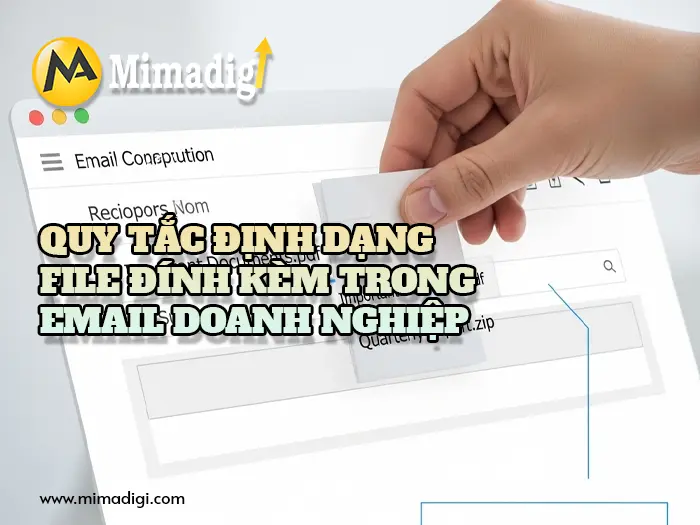
Common Mistakes to Avoid When Formatting Business Emails
In a professional environment, business emails are not just tools for exchanging information but also represent the image, style, and reputation of the organization. However, many businesses – especially small and medium-sized companies – still encounter basic errors in email formatting. These seemingly small errors can have a major impact on communication effectiveness, partner and customer experience, and even damage the brand.
Using Personal Emails Instead of Business Emails
One of the serious but common mistakes is that personnel use personal emails such as Gmail, Yahoo, and Outlook to contact partners and customers in official activities. This creates risks such as:
- Lack of brand identity: Emails like nguyenvana@gmail.com do not show which business is sending the information.
- Reduced credibility: Many spam filtering systems may mark personal emails as spam, especially when sending many letters to customers.
- Difficult to control information: When personnel leave, the business cannot revoke personal accounts, leading to the risk of data loss or leakage of important information.
- Setting up a professional business email system with a private domain name like hotro@companyname.vn not only brings prestige but also helps with centralized management and more effective security.
Vague Email Subject, Does Not Reflect Main Content
The email subject is the first "gateway" for recipients to decide whether to open the letter or not. A title that is unclear, too short, or lacks focus such as "Announcement", "Resend file", "Update"… will cause confusion, reduce response rates, and be easily overlooked, especially in an office environment that has dozens of emails every day.
Wrong example:
- “Document”
- “File sent to you”
- Correct example:
- “SEO Service Quote – MIMA Company – Month 07/2025”
- “Email Marketing Campaign Implementation Plan Q3/2025”
Note: In business emails, the subject should clearly state the purpose, time, or desired action, helping recipients actively respond and store easily.
Lack of Consistent Signature Format Throughout the Company
A common mistake in businesses without email standards is that employees freely design or ignore the electronic signature. As a result, each person has a different presentation style – from how they write their name, job title to the format of phone numbers, company logos – causing clutter and lack of consistency.
Inconsistent signatures not only make business emails lose professionalism but also affect brand recognition when sending letters to customers, partners, or state agencies.
Solution:
Set up a unified signature template for the entire system.
Including: full name, position, department, phone number, company address, brand logo, website link, social network.
Apply QR codes or slogans if you need to increase creativity.
Sending Mass Emails Without Using BCC (Blind Carbon Copy)
When sending letters to many customers or partners at the same time, many employees still accidentally use CC (Carbon Copy) instead of BCC, causing all recipients to see each other's email lists.
This is a serious violation of privacy, easily causing annoyance to recipients, especially when the content contains sensitive or confidential information.
Possible harms:
Leaking customer information to competitors.
Easily marked as spam if the list is long.
Losing the business's reputation in the eyes of customers and partners.
Recommendation:
With business emails, always use BCC when sending newsletters, internal announcements, event invitations...
Use specialized email marketing software such as Mailchimp, Sendinblue, GetResponse to send professional mass emails, with personalized distribution and effective anti-spam features.
Forgetting to secure attachments containing sensitive data
Many businesses send contract files, quotations, salary tables, or financial data via email but do not encrypt or protect them with passwords. This creates conditions for hackers or third parties to access illegally, especially when employees send from personal devices or over public networks.
Potential risks:
Revealing business strategy information.
Loss of document ownership.
Violation of personal data protection laws (GDPR, PDPA...).
Safe solution:
Attachments should be named clearly, using popular formats such as PDF, DOCX.
For important files: set a password, compress with encrypted ZIP, or use a secure platform such as Google Drive, OneDrive with limited access rights.
Do not send sensitive data directly in the email content but should send a secure download link via the internal system.
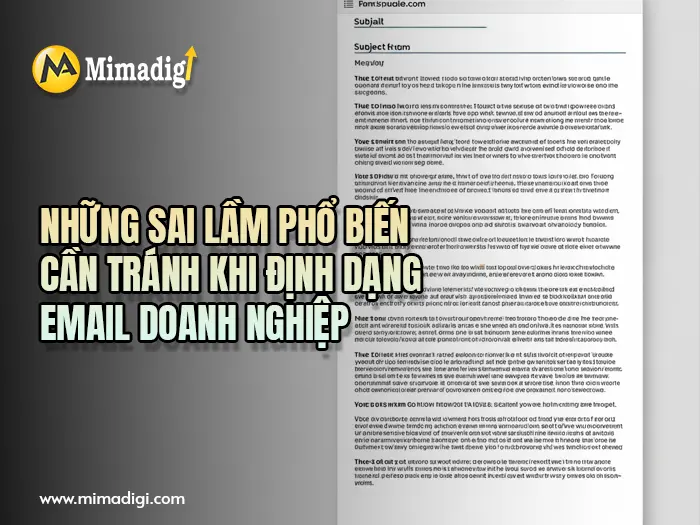
Contact Information
MIMA Trading Service Company Limited
Business Registration Certificate: 0318672839 issued by the Department of Planning and Investment of Ho Chi Minh City on 09/17/2024
- Address: 31/3B Thoi Tu 1 Hamlet, Dong Thạnh Commune, Ho Chi Minh City, Vietnam
- Phone: 0909 035 333
- Website: https://mimadigi.com
- Email: info@mimadigi.com


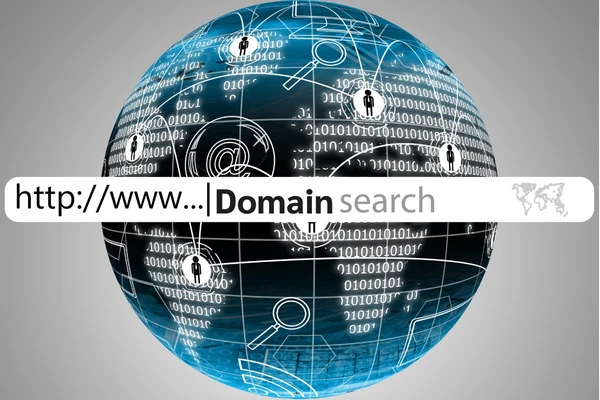
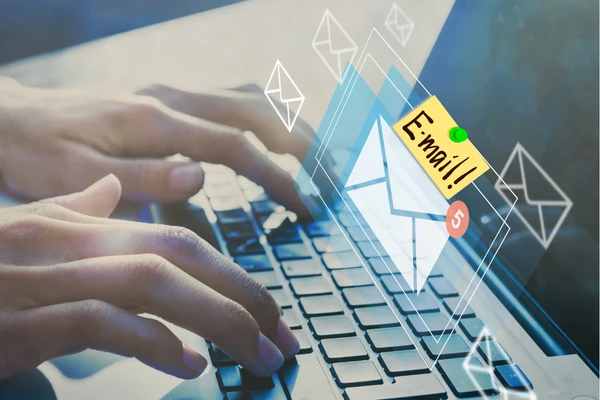
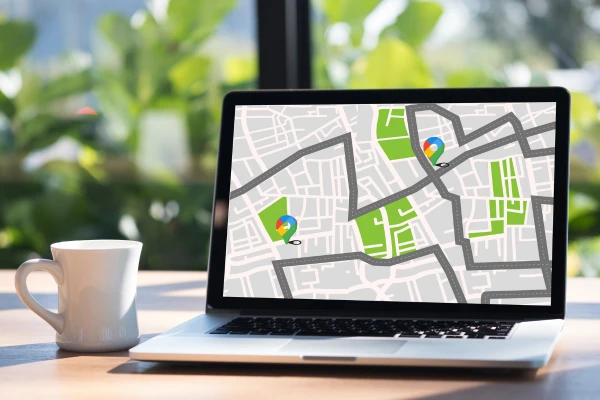
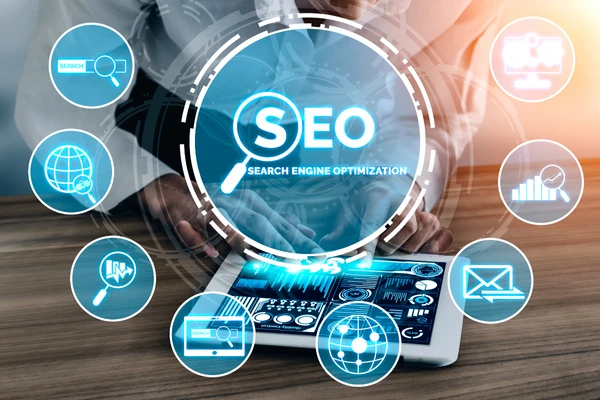

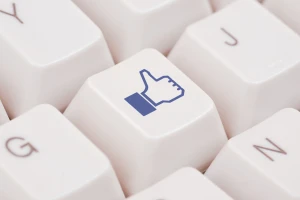

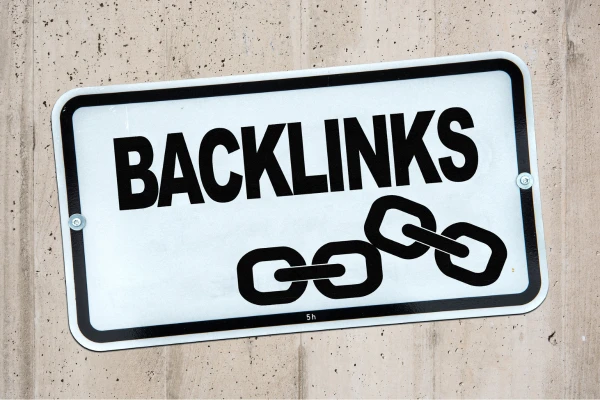

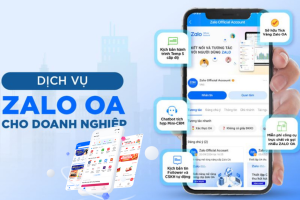
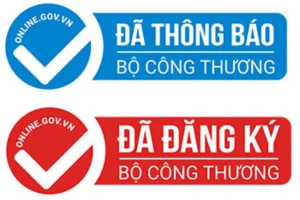
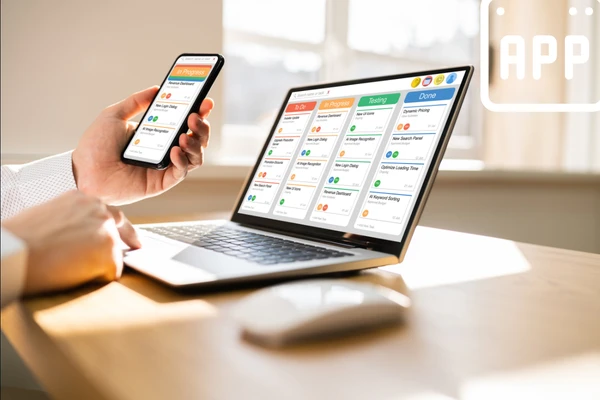
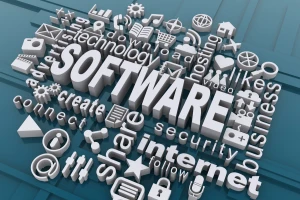





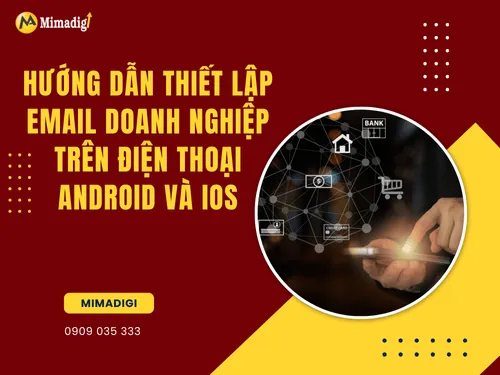
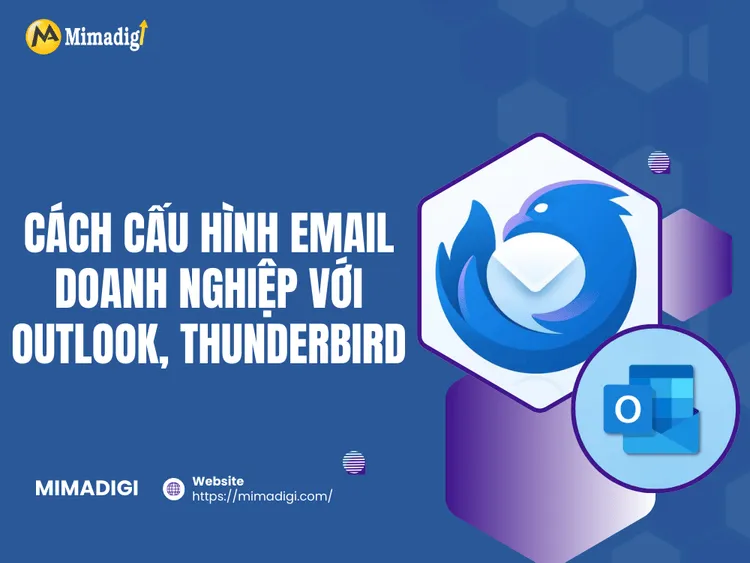
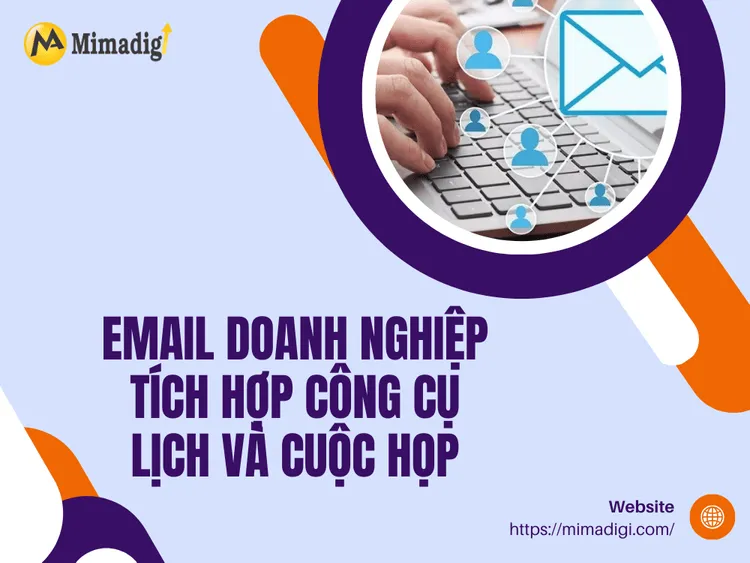
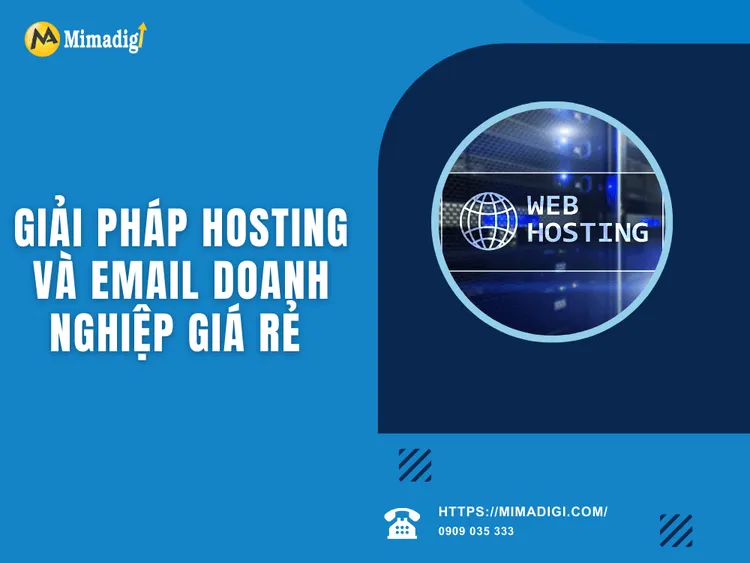


Share your review